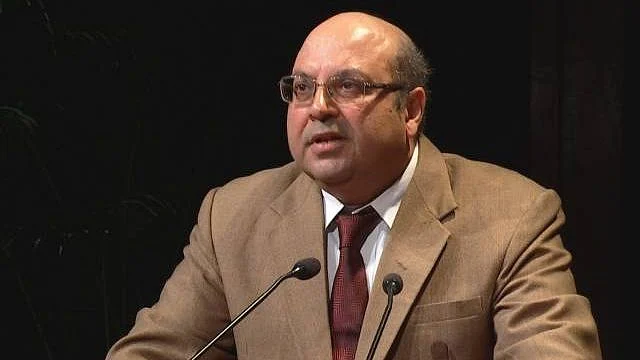Happenstance was how the eminent jurist Nani Palkhivala got to argue some of India’s landmark Constitutional cases, such as the Golak Nath, Keshavananda Bharati and Minerva Mills cases, Justice Rohinton Nariman said at the 16th Nani Palkhivala Memorial Lecture in Mumbai.
Justice Nariman spoke about Palkhivala’s arguments in these cases and how they led to the evolution of Constitutional Law in India.
He recalled that when the Golak Nath case—a landmark case in which the apex court ruled that Fundamental Rights couldn’t be curtailed—was being argued, Palkhivala was in Geneva appearing for the Union of India and could come only for a day.
“On that day, MK Nambiar—a great constitutional expert—was on his legs. And Palkhivala was assured that Nambiar would sit down and allow him to address the court. Nambiar droned on and apparently, after an hour, when there was a barrage of questions, he said, I require some time to reflect and think. If you give me that time, Mr Palkhivala can step in. And that’s how Nani Palkhivala got to address this August body of 11 judges.”Justice Rohinton Nariman
What Palkhivala argued that day was something like the basic structure doctrine that was laid down—there are implied limitations to the Parliament’s power to amend the Constitution, he said.
The landmark Keshavananda Bharati case, too, came to Palkhivala by chance, Justice Nariman said.
“Originally, the arguments were to be led by MC Chagla (the former jurist, diplomat and minister) who felt that the burden of the case will be too great. And so, he consulted CK Daphtary (India’s first Solicitor General) who also said no. And so, both of them said the only person who could be requested to do this was Nani Palkhivala.”Justice Rohinton Nariman
Palkhivala argued for almost 32 out of 66 days that the hearings went on for, he said. "What was at stake now was no longer the Golak Nath case. All the 13 judges told Palkhivala—forget Golak Nath; please argue on what the word amendment means," Justice Nariman recounted. The focus, Justice Nariman said, shifted to an implied limitation or basic structure argument.
In the Keshavananda Bharati case, the 13-judge bench was supposed to answer if the Parliament could amend any part of the Constitution, even to the extent of taking away all Fundamental Rights.
Watch Justice Nariman’s Full Speech Here
(This article was first published on BloombergQuint.)
(At The Quint, we question everything. Play an active role in shaping our journalism by becoming a member today.)
